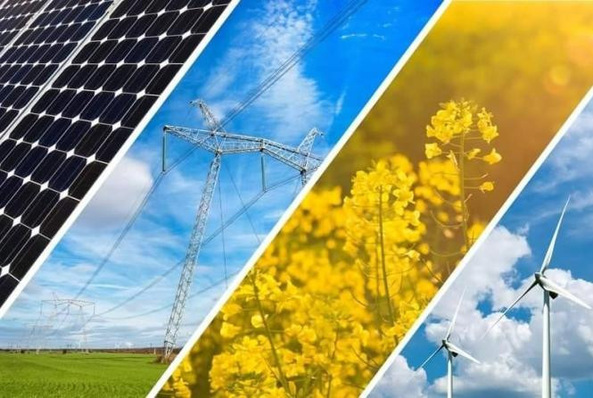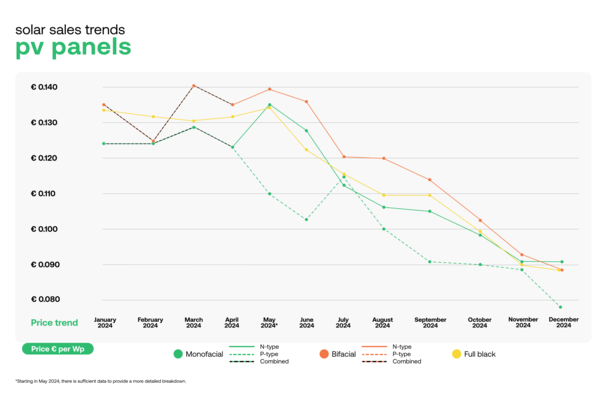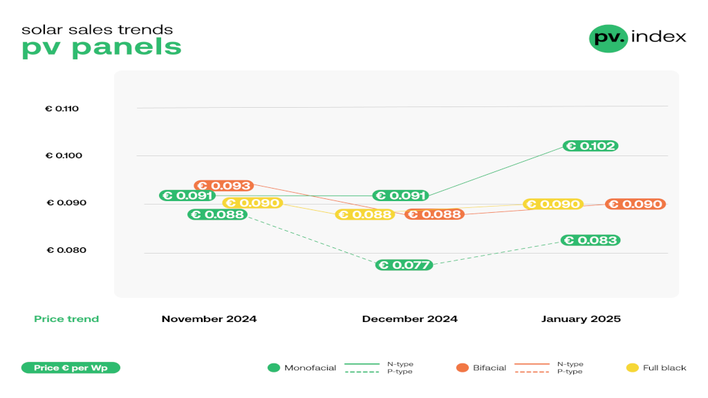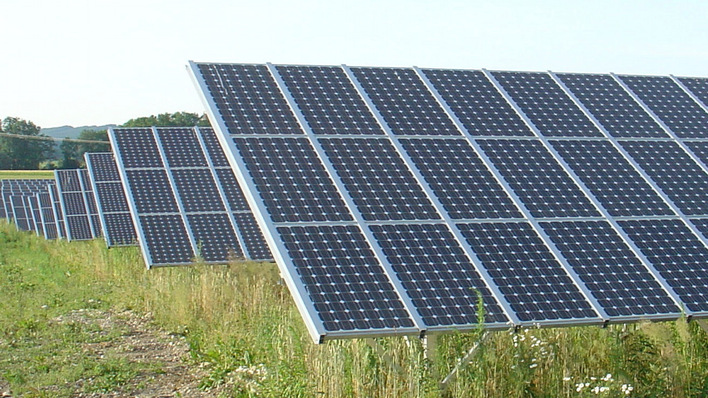Different alternatives exist to decarbonise industry such as biomethane, hydrogen, carbon capture, use, and storage (CCUS). While all solutions will be needed, direct electrification remains the most energy efficient and cheapest options for industrial processes below 500 °C. Yet, the electrification rate remains stuck at 33% when studies currently suggest that it could reach 90% by 2035 with available technologies. It’s time to find new incentives to boost industrial electrification.
Also see: Europe’s industry requires greater electrification
Eurelectric calls on the European Commission to establish an Electrification Bank within the upcoming Electrification Action Plan and coordinated with the Clean Industrial Deal. The Bank should centralise expertise, funding options and de-risking instruments under one stop-shop managed by the Commission and supported by the European Investment Bank as well as Member States. This instrument should provide compensation for critical capital expenditure (Capex), as well as conditional support for operational expenditures (Opex) during industries’ transition period.
The new position paper of Eurelectric (Union of the Electricity Industry) details how this bank would work.
Expertise
The Bank does not entail the creation of a new investment firm, but rather a comprehensive financing instrument to bring new EU and MS’s funding opportunities under one simplified point of access.
An Electrification Forum of relevant experts would inform the bank’s work by analysing industries in need of support and identifying existing market barriers.
Eligibility
The allocation of funds should differentiate between industrial consumers based on their heat processes to ensure a fair competition among bidding projects. Therefore, there should an auction call for those industries with low-to-medium-heat processes (below 500 degrees Celsius) – such as chemicals, transport, food and beverage that already have access to commercially mature large-scale heat pumps or electric boilers – and a separate auction call for industries with higher temperature heat processes – such as cement, steel, glass, iron that may need more innovative electrified solutions.
Project applications should contain a credible electrification strategy backed by a quantitative business case and impact assessment.
Funding
Funding should be allocated based on auctions at EU level and auction-as-service where MS can allocate national resources to projects on the basis of auctions organised at EU level. The Commission should decide on the exact source of funding.
Beyond the upcoming Competitiveness fund, there are at least five EU funding mechanisms in place that should be considered for investments into industrial electrification: The Innovation Fund, Horizon Europe, Recovery and Resilience, Just Transition Fund, and the Modernisation Fund.
Unspent funds by Member States under the Multiannual Financial Framework (MFF) and Recovery and Resilience Facility (RRF) could also be channelled to electrification projects in those MSs.
At the Member-State level, a significant portion of ETS revenues should also be re-directed towards industrial decarbonisation within that MS.
De-risking
The EIB should be closely involved in the vetting and implementation of projects under the Electrification Bank, as it can improve electrification projects’ risk profile through budget guarantees, equity investments or loans.
In particular, the EIB should allocate budget guarantees to derisk long-term PPAs. By securing the industrial buyer’s creditworthiness, guarantee schemes can reduce the market barriers which prevent industrial consumers from signing PPAs, while ensuring effective price signals remain on the electricity market.
Also see: New report shows ways to facilitate renewable integration into grids
„Direct electrification can improve industries’ energy efficiency, reduce operational costs over time, and enhance energy security by lowering dependence on imported fossil fuels. The Electrification Bank is the way to add a demand pull to the supply push“, Kristian Ruby, Secretary General of Eurelectric said. (hcn)









